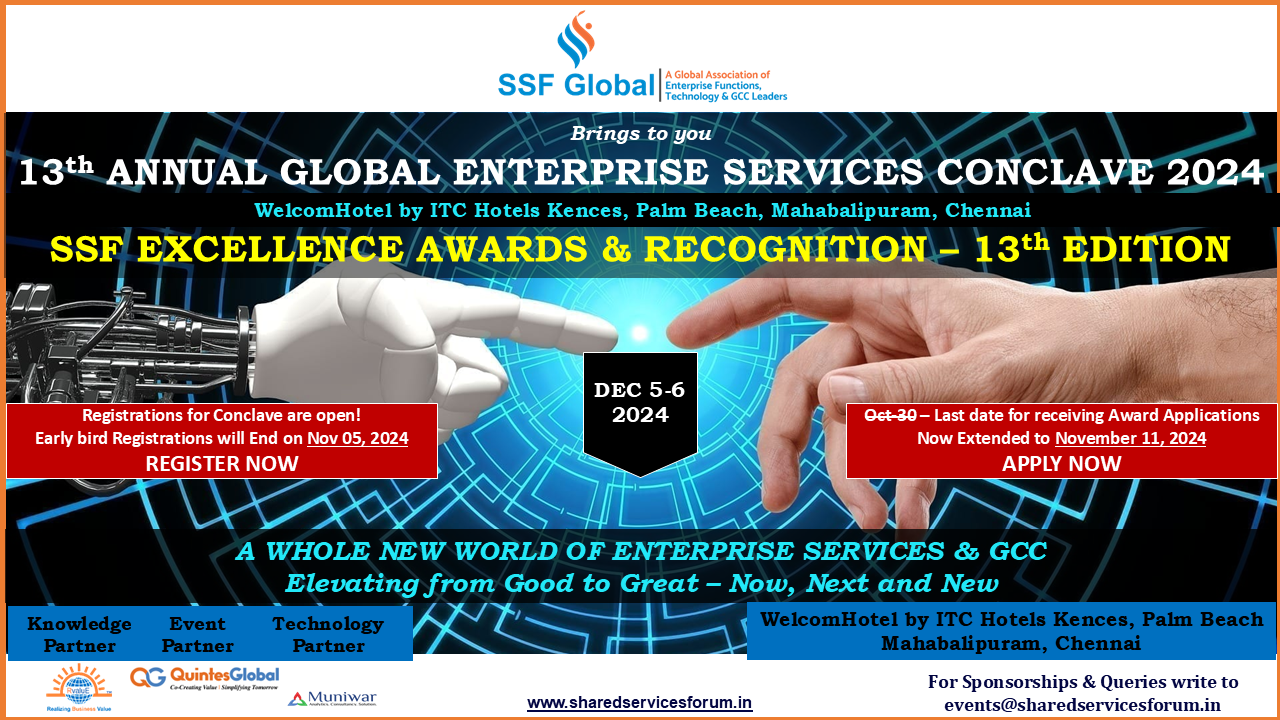
Would you like to start a conversation with other industry leaders to brainstorm a challenge or to just know more on a particular topic?
Engage in online discussions with your Peers
Start NowThe aim of creating financial shared services at VE Commercial Vehicles Limited (VECV) was driven by an ambition of making the finance function a strategic contributor to the organization. The management team at VECV, along with the CEO and CFO developed a strategic vision of transforming the finance function by creating a shared services centre (SSC) to be an important value adding partner in financial and allied business processes, delivering innovative, transformational and optimized solutions to customers emphasizing on next-gen practices.
Operational Excellence achieved by the Shared Services included an Annual Cost optimization and working capital improvement by 4 and 1.2 times respectively of its cost structure.
The Change Drivers
The Shared Services strategy considered following key drivers of change:
-
Globalization and increased competition
-
Focused approach on operating efficiency, compliances and structured reporting
-
Eliminating the need to create mini support functions within each business unit
-
Enhanced value delivery from the finance function, by creating two streams (Business Control & Shared Services) to excel in both the streams
-
Desire to focus business growth through robust processes, analytics, and stringent compliances
-
Enhancing Accounting and Business finance controls
-
Drive for increased shareholder value and customer orientation
The shared services was planned to bring the best of decentralized empowerment to businesses while centralizing the common processes across 35 locations within India (refer Figure 1.0) to enable the operational units to focus on their core operations for the purpose of increasing profitability and enable growth.
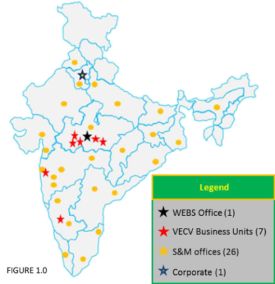
Amongst others, the strategy was initially aimed at flawless transaction processing, improved SLA/ TAT, cost optimisation and working capital improvements. The aim was continual improvement, first time right and transactions with no deviations.
The Roadmap
The Management Team was clear that the strategic roadmap needs to be well-structured right from the start, to achieve success in driving value through Shared Services. The roadmap commenced from defining the strategic objective, to design, transition and set up of the shared services facility and finally to transforming the function in a phased manner, as depicted in Figure 1.1. The entire Roadmap was split into 2 major stages. The first stage involved strategic planning and the actual transition. The second stage is about the paradigm shift in the role of F&A function.
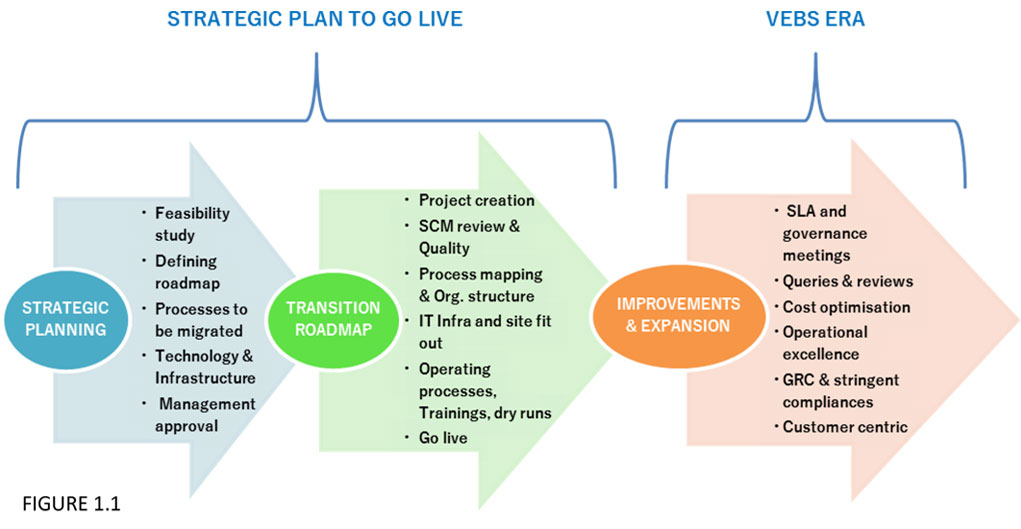
STRATEGIC PLAN TO GO LIVE
“Well begun is half done,” is best applicable to the Shared Services setup - right strategy with the right execution. The best level of professional practitioners’ expertise was brought together from outside to provide the right level of leadership and guidance to the Management team from within the Company to make this initiative successful. The overall execution strategy to set up the Shared Services Centre included putting together the physical, functional, structural and technology designs. The senior leadership team along with the Program Leadership team deliberated on various scenarios and identified the initial processes eligible for migration – P to P, R&R, H to R.
…the strategy was initially aimed at flawless transaction processing, improved SLA/ TAT, cost optimization and working capital improvements. The aim was continual improvement, first time right, and transactions with no deviations.
In a nutshell, the key steps from Strategic objective to Go Live revolved around the following as given in Figure 2.1.
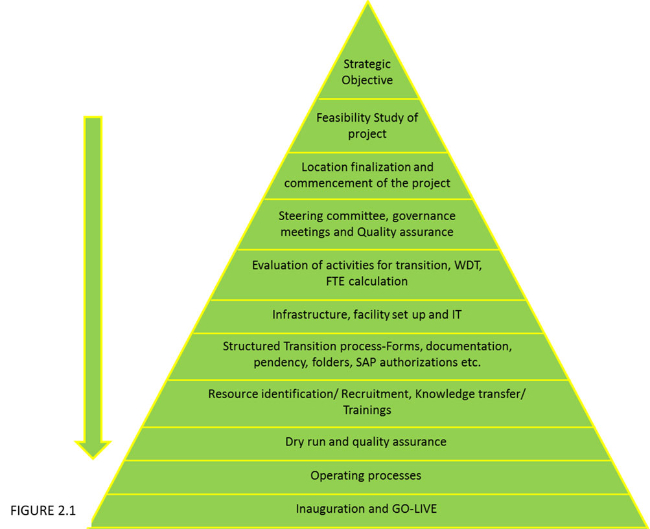
The two streams – Business Controllership and Business Services – worked together to provide seamless support to respective business areas during the transition, Shared services was designed to be the engine for excellence in accounting, compliances, customer orientation, value delivery and analytics.
Governance
The entire project was governed by a weekly Steering Committee with proper quality assurance reviews at each gate to ensure effectiveness and timely completion of the project.
Few of the potential obstacles identified in advance and actions considered for effectively address them were:
Paradigm Shift in Culture
The shift in work culture for Finance shared services from a control based mind-set to a customer oriented mind-set is a ‘sine-qua-non’ for the success of the Initiative, as given in Figure 2.2.
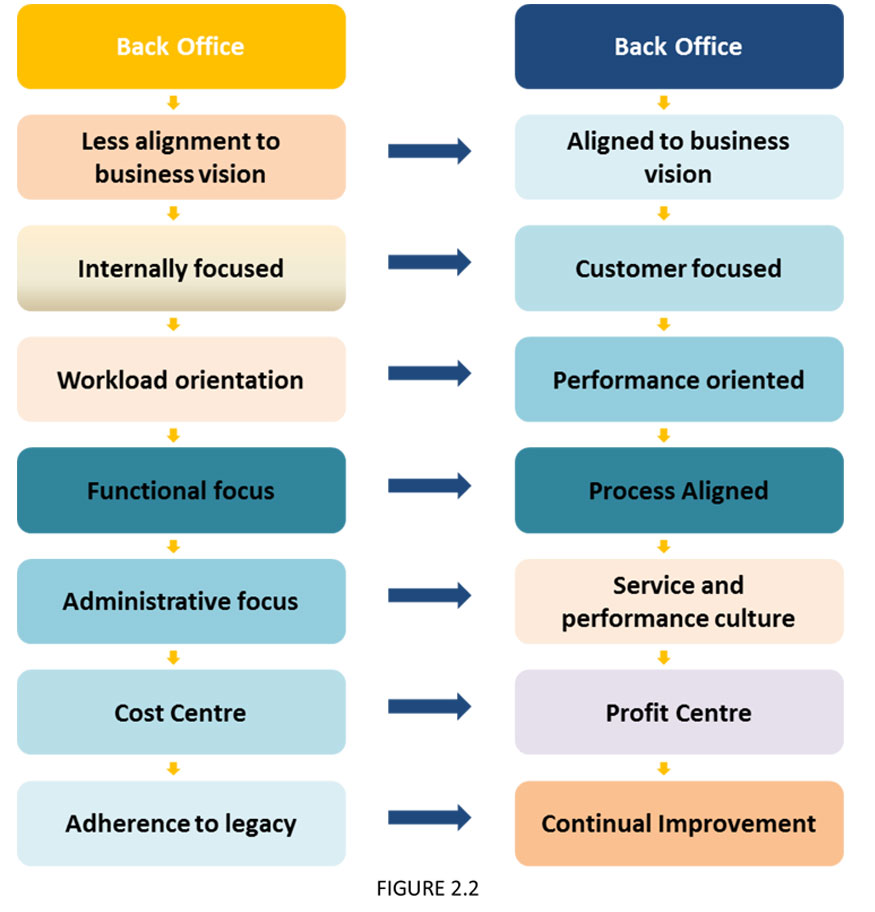
Benefits Achieved
The Shared Services delivered the following benefits upon set up:
When considering an implementation of shared services, it is worth to remember the whole project requires a very meticulous approach, careful planning and cross-functional support.
THE VEBS ERA
Since the inauguration of VEBS (VE Business Services) facility, the operations have expanded over the last two years with the following Key Process Improvements in the following areas:
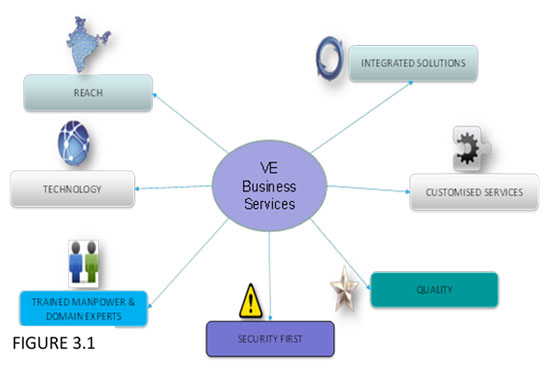
Figure 3.1 summarizes the key characteristics of VEBS. The shared services brought the paradigm shift in the overall approach from a traditional role of finance and accounts function to a front line value creator for business with high level of customer centric approach, in-built controls and excellence in delivery.
VEBS – What’s Next?
VEBS is aiming to enhance its operations horizontally and vertically. It has chalked out plan for migration of additional business activities and insourcing of few of the existing outsourced processes wherein compliance, control, precision and customer satisfaction is of key importance. Insurance, Human resources processes are also being explored in addition to expansion within other Group Companies.
Major drive on further penetration on digitization and paperless environment is on utmost priority.
As a long term strategy, VEBS is also aiming to gradually move towards external business absorption for related SME sector by catering to their needs of Business Services.
ABOUT THE AUTHOR

Pramod Kumar Vaya has over 22 years of professional work experience in areas of his expertise which includes Accounts & Finance, Taxation, Business Controllership, Commercial and logistic in various Industries. Pramod is considered as leader in action and always believe in challenging Stats Quo. He had been working as Business Finance Controller as major forte apart from handling key assignments on Amalgamation, setting up of green field project etc. with VECV and other renowned Organizations like Murugappa Group, Tata, Birla’s. Presently, in his role as Vice President Finance & Accounts and Head of Shared Services he is accountable for Functional and Operations of VEBS.
Pramod is a professionally qualified Chartered Accountant, Cost Accountant and Company Secretary.









